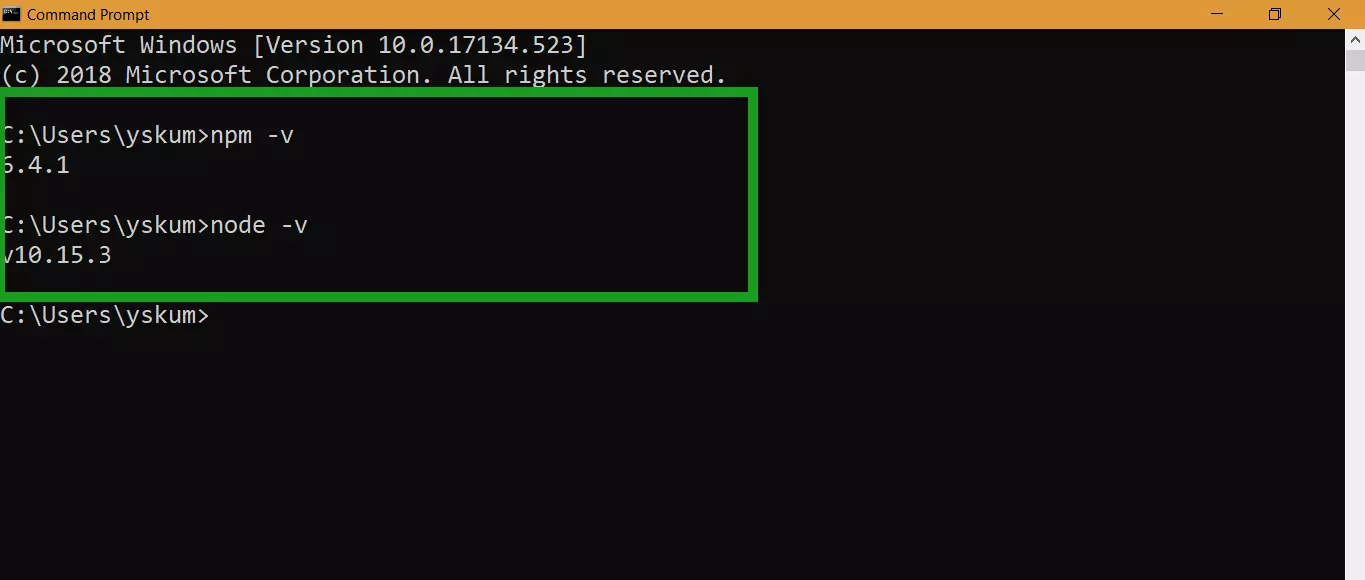

The second method is to install Nodejs using the distribution's package manager. Especially, the first method is the best way to avoid permission issues while installing packages globally It is the officially recommended way to install Nodejs. The first method is installing Nodejs using NVM. There are a few ways to install Nodejs in Linux. Nodejs package ecosystem is the largest ecosystem of open source libraries in the world. But, Nodejs enables JavaScript to be used for server-side scripting, and runs scripts server-side to produce dynamic web pages.Īnother notable thing is Nodejs has a command-line utility called npm, a package manager to install, manage nodejs libraries and applications. Initially, JavaScript was primarily used for client-side scripting. Whatever I do, I can't seem to get v10 installed.It is fast and efficient server-side software built on Chrome's V8 JavaScript engine. Checking for update.Īnd yum -showduplicates list nodejs |expand shows: Installed Packages Package matching 1:nodejs-6.16.86_64 already installed. # To install the Yarn package manager, run:Ĭurl -sL | sudo tee /etc//yarn.repo # You may also need development tools to build native addons: # Run `sudo yum install -y nodejs` to install Node.js 10.x and npm. + rpm -qa 'node|npm' | grep -v nodesource

Warning: /etc//nodesource-el7.repo created as /etc// + rpm -i -nosignature -force '/tmp/tmp.p7C7NIfygt' + rpm -q -whatprovides redhat-release || rpm -q -whatprovides centos-release || rpm -q -whatprovides cloudlinux-release || rpm -q -whatprovides sl-release I am greeted with the following message: # Installing the NodeSource Node.js 10.x repo. I've followed the instructions shown at the links below, but I cannot get NodeJS v10 installed on RHEL7.


 0 kommentar(er)
0 kommentar(er)
